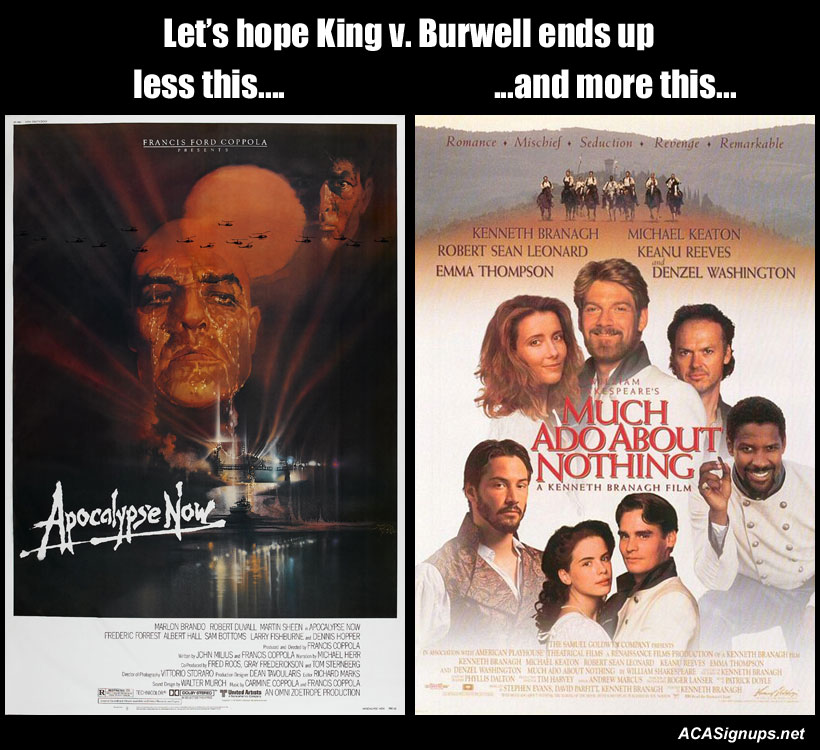
With a little bit of CSS knowledge, the CSS files can be easily modified. The area that the post-launch HTML is to be displayed in (above, below, countdown or countup - default is 'countdown') Styles The post-launch height in px of the countdown - default is 'auto'. The post-launch width in px of the countdown - default is 'auto'. The pre-launch height in px of the countdown - default is 'auto'. The pre-launch width in px of the countdown - default is 'auto'. The HTML to be displayed below the countdown. The HTML to be displayed above the countdown. The default setting 'footer' is recommended. Where to inject the required javascript (footer or inline). Style Attributeĭefines the style to be used by the countdown. Omit the weeks 'true' or show the weeks 'false'. Replaces the default title for 'seconds'. Replaces the default title for 'minutes'. If the id attribute is not defined, a unique, random number will be assigned.
#T minus minutes iso
To avoid potential ambiguity, it's best to use ISO 8601 (YYYY-MM-DD)Ī unique ID for the countdown element. Note: Dates in the m/d/y or d-m-y formats are disambiguated by looking at the separator between the various components: if the separator is a slash (/), then the American m/d/y is assumed whereas if the separator is a dash (-) or a dot (.), then the European d-m-y format is assumed. If no t value is assigned, the default launch date and time is assigned at 20:12:20-mostly because it's kind of a cool date. The t attribute is used to assigned a date and time in almost any format. The following is a complete list of shortcode attributes for T(-) Countdown: T Attribute - Launch Date and Time This is a non-intrusive promo for T(-) Countdown Control, a premium countdown plugin that adds a sort of command center-the ability to schedule and manage mulitple recurring T(-) Countdowns. This area allows each of the titles for the various time elements to be changed.

Why seven? Because there are exactly seven days in a week. For events that are more than seven days away, omitting weeks will increasing the amount of days by a factor of seven. Selecting ‘Yes’ will prevent weeks from being displayed. Omit Weeksīy default Weeks will be displayed. The format is the globally accepted HH:MM:SS, where HH = Hours 00 – 23, MM = Minutes 00 – 59 and SS is not the Schutzstaffel but rather the more benign ISO designator for Seconds 00 – 59. This area is where the time is set for the target ‘launch’ event.


 0 kommentar(er)
0 kommentar(er)
